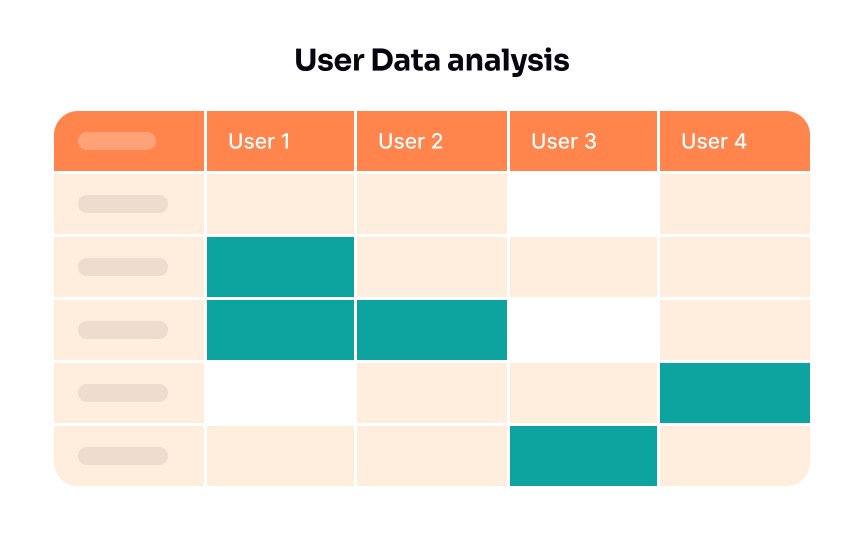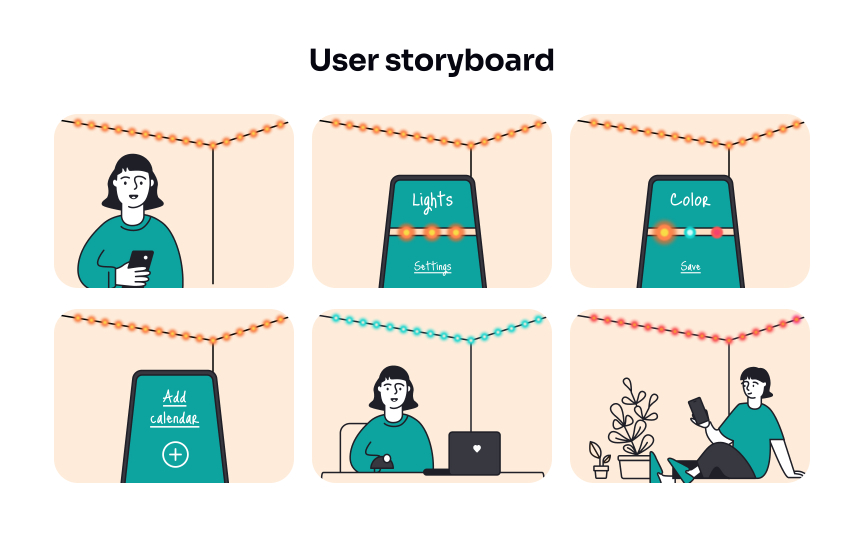Utilize tangible outcomes
In design thinking, producing tangible artifacts like empathy maps, journey maps, storyboards, and wireframes plays a key role. Here's why:
- Visualization: Artifacts turn complex ideas into visual forms, making them easier to understand and reducing misinterpretations. This is particularly helpful for abstract concepts.
- Shared reference: These physical creations become a 'dictionary' for the team's language. They help in ensuring everyone is in sync, guaranteeing consistency in understanding and approach.
- Team cohesion: Creating and referring to these artifacts unites the team. Each created piece is a shared victory, reinforcing the team's collective strength and commitment.[1]
Tangible artifacts in design thinking are catalysts for clarity, unity, and effective collaboration.


